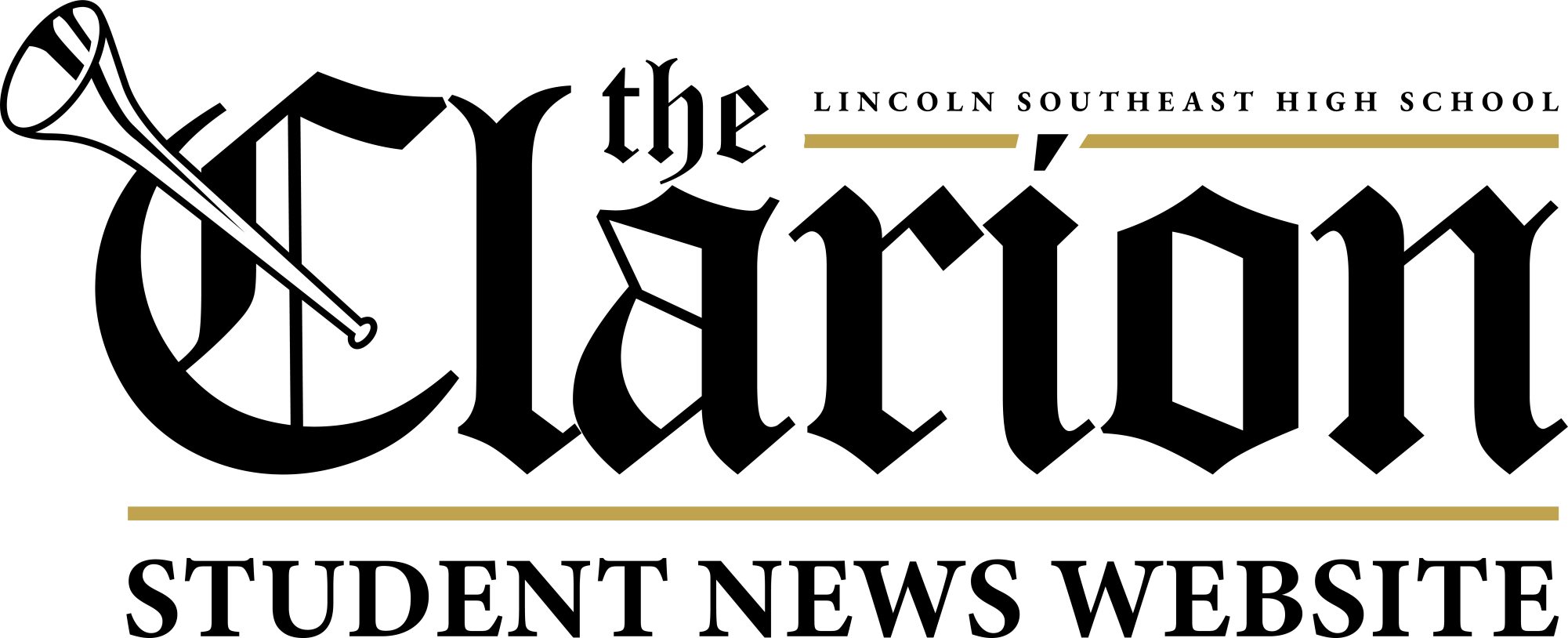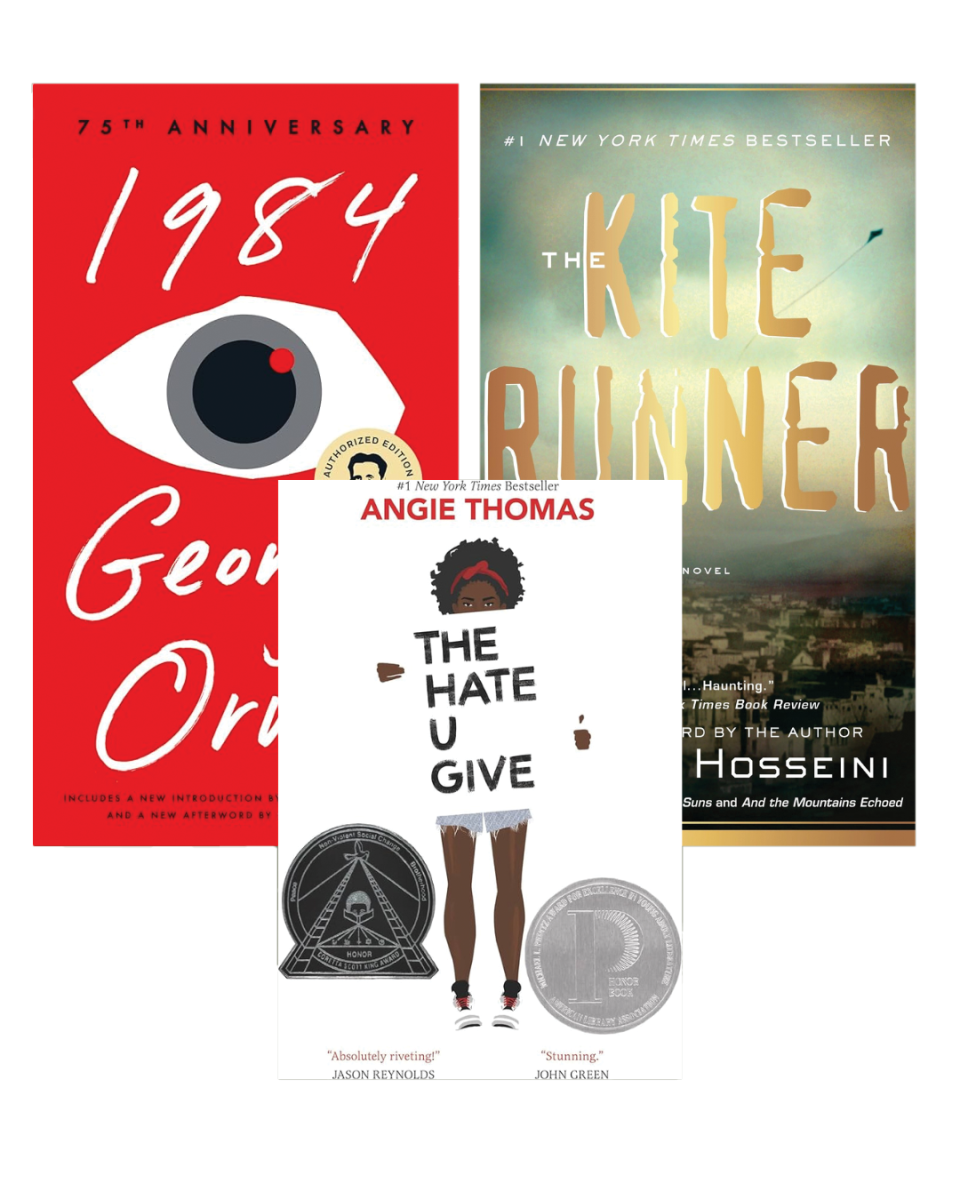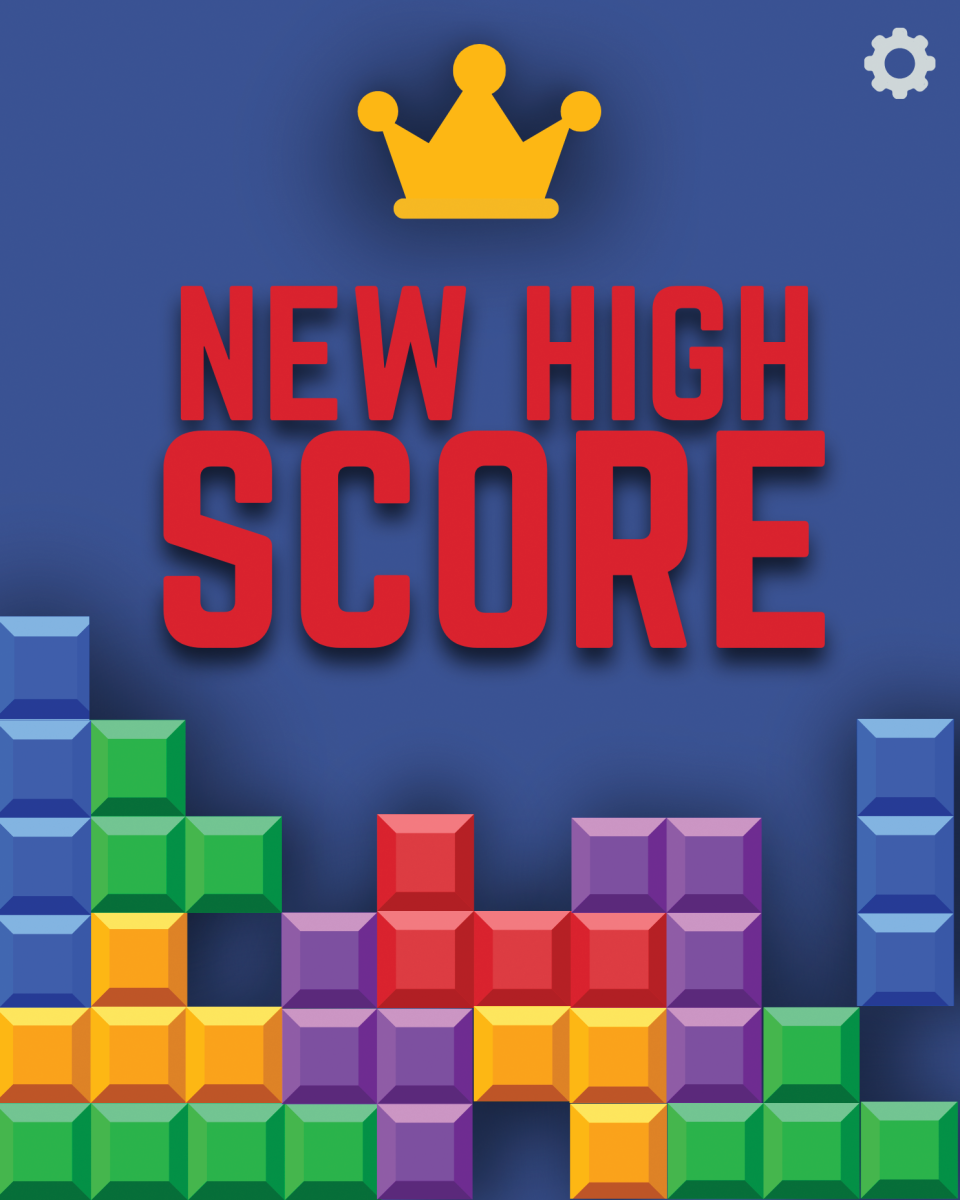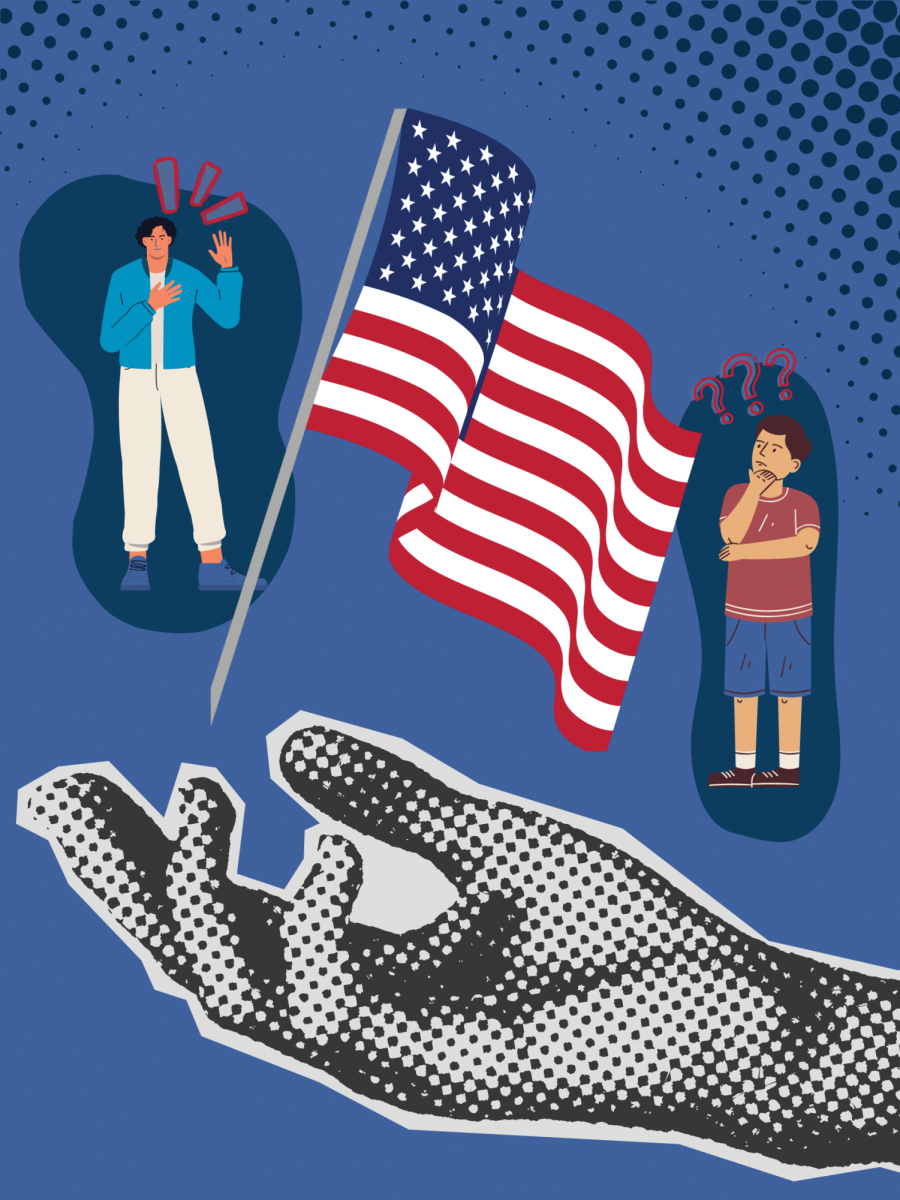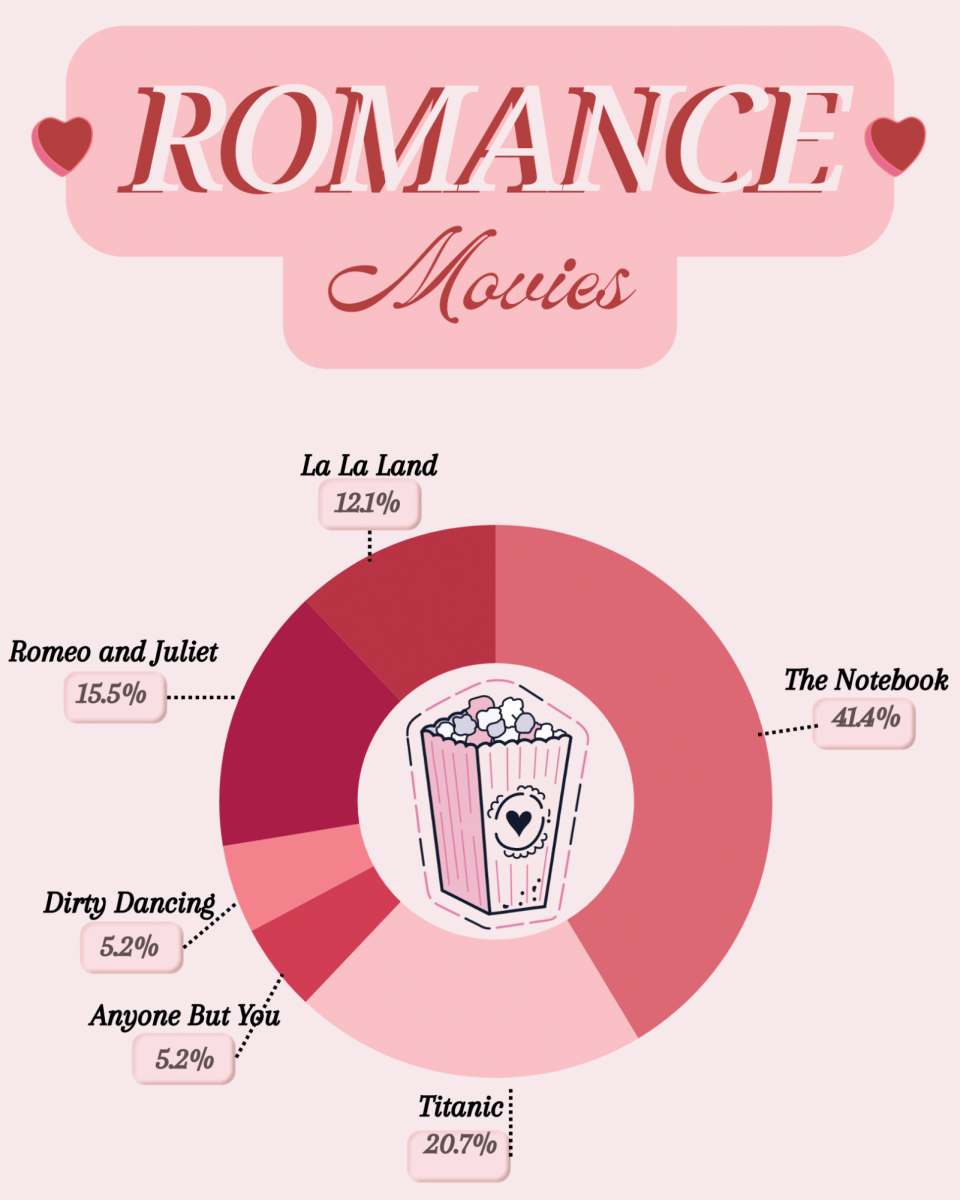Since 2021, there have been 16,000 documented bans on books throughout America.
Book bans are nothing new, as they’ve been around since the first ever ban on Thomas Morton’s “New English Canaan” in 1637. But restrictions and bans placed on books haven’t been such a popular topic until now, especially over the past few years.
During the 2023-2024 school year, there were a total of 10,000 book bans on over 4,000 titles. Some of these titles include John Green’s “Looking for Alaska” with a total of 97 bans, “The Perks of Being a Wallflower” by Stephen Chbosky with a total of 85 bans, Khaled Hossini’s “The Kite Runner” with a total of 73 bans and “The Handmaid’s Tale” by Margaret Atwood with a total of 67 bans.
The books listed above, and more, are books that have been banned in many school districts throughout America. But recently, a long list of books that could be potentially restricted or banned has bubbled up with the help of TikTok. Containing over 400 books, the spreadsheet has been updating since it came out in late 2024. The list has many people afraid for the future of literature and education, as many popular and powerful titles are on the list, such as: “The Hunger Games,” “Fahrenheit 451,” “The Diary of Anne Frank,” “Twilight,” “The Hate U Give” and many, many more.
The list had been mistaken to be under Project 2025, but it was created by a user on TikTok.
According to the creator, about 98% of the books are already banned in a few schools and public libraries in the United States, while others are banned in different countries.
So what do all these book bans mean for Lincoln Southeast’s own library and English program?
Lincoln Southeast librarian Sara Friest believes that there is a lot of misunderstanding about what it means for a book to be “banned”. Just because a book may be banned from one library or school, doesn’t mean it’s banned from shelves around the rest of the country. Friest personally believes that banned books address important topics and encourage critical thinking.
“I believe that books of all kinds should be available to readers,” said Friest. “It’s incredibly important to have well-rounded and alternative perspectives because books help us understand different experiences, challenge our thinking, and build empathy.”
LSE’s policy on banned books isn’t specific, but there is a Selection Policy, which guides how books are chosen for the school. There are countless challenged books in LSE’s very own library, available to all students.
As for academics, bans on books do not dictate the English curriculum.
“Many schools, including ours, actively include challenged books in their classroom discussions because those books often tackle important social issues and encourage critical thinking,” said Friest.
Although bans and restrictions placed on books have increased heavily since 2021, it doesn’t have a huge effect locally. Banned books are heavily promoted on social media apps, and although they may not be available in select schools or libraries, they can still be sold in bookstores.
“Many books that have been challenged are incredible works of literature that address important topics and provide diverse perspectives,” said Friest. “Promoting these books isn’t about being controversial—it’s about making sure students have access to meaningful and engaging reading materials.”
Banned books will always be a topic of controversy, but it is ultimately up to readers themselves to decide whether or not to read them. Banned books have been around, and most likely will stick around for years to come.
